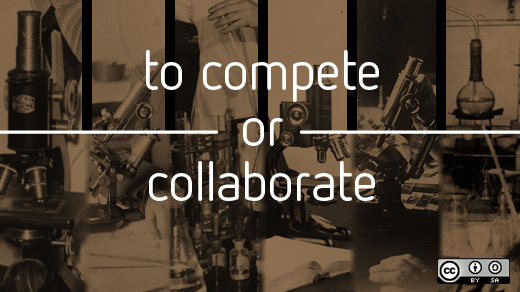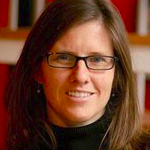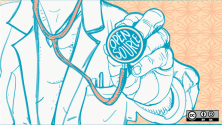The multi-billion-dollar drug sector has endured a decade of under-performance. "Pfizer’s (PFE), Eli Lilly’s (LLY), Merck's (MRK), and Bristol Myers Squibb’s (BMY) stock is trading at half of their value 10 years ago and GlaxoSmithKline (GSK) is faring slightly better at a negative 25%," reports Steven Breazzano on Seeking Alpha.
By 2012, many of the most profitable products will have gone. Pharma is facing the so-called “patent cliff,” when the patents for many blockbuster drugs will expire and lose their legal protection. Generic versions will flood the markets, taking billions in revenue from big Pharma. Merck's Singular, Pfizer's Lipitor, Bristol-Meyer Squibb's Plavix, and Eli Lilly's Zyprexa are among the several set to expire, and there are few other promising products in the pipeline to replace them.
In The Innovator’s Prescription, authors Clayton Christensen, Jerome Grossman, and Jason Hwang argue that future profits in pharma will come not from finding a single blockbuster drug suitable for everybody, but from the ability to learn from failed drug trials to discover a more personalized approach where a larger number of drugs benefit smaller, more individual segments of patients.
But the drug companies' current R&D system isn't prepared for that type of new environment. The current system emphasizes protecting proprietary intellectual property and spending years and dollars to secure FDA approval on a single drug. Walls exist around the science, so companies end up working in parallel and duplicating research. Often, the outcomes of drug trials, especially failed trials, are not published or shared at all. The cost of developing a single new drug has climbed to an all-time high of $1.3 billion.
So, in a bid to save time and money on the R&D process, the drug sector has taken a more serious look at the open source model of collaboration and transparency. The industry's biggest names are stepping into this new environment by experimenting with new ways to pool early-stage research.
One partnership organized earlier this year is the Archipelago to Proof of Concept in Medicine (Arch2POCM). Sage Bionetworks, the Structural Genomics Consortium (SGC), and researchers from seven pharma giants comprise the group. Members use shared research free of intellectual property claims to conduct trials through to mid-stage “proof of concept” known as Phase II.
"This concept of not just open source but no IP on the target going forward gives an ability to share not just the data but share the compound, get insights, get the knowledge out there," H. Friend, M.D., Ph.D., president, co-founder, and director of Sage Bionetworks, told GEN in a recent interview.
The partnership program, to launch in the first half of 2012, is working on two broad disease areas: a neuroscience project that will focus on autism and schizophrenia and an oncology project that will focus on drugs that can act on new epigenetic (cellular process) targets.
Recently two more pharma giants, Eli Lilly and Pfizer, signed on to the international Structural Genomics Consortium, joining the Canadian Institutes for Health Research, GlaxoSmithKline, the Novartis Research Foundation, the Ontario Ministry of Research and Innovation, and the Wellcome Trust in a collaboration that seeks to develop an open access drug discovery research program. As supporters of the consortium, the four pharmaceutical company rivals agree to provide cash and in-kind contributions for collaborative discovery of chemical tool compounds that target disease-linked proteins, and all of the findings are made available to the global research community without restriction. So drugmakers trade exclusivity for the chance to share knowledge for potential new therapies. After this initial sharing phase though, the drug companies will develop their own versions of any new medicines that come from the collaboration.
If the open source approach becomes more commonly and deeply accepted among drug companies, we just might be able to increase the spectrum of and speed the development of new life-saving medicines. It would seem impossible for a single drug company working in a silo to grasp all the factors behind complex diseases and disorders like cancer or autism. Communities of scientists working together will most certainly accomplish much more combined than those working alone.






1 Comment